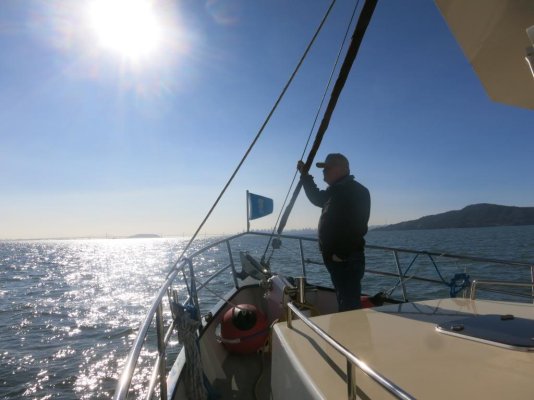SteveK
Guru
- Joined
- Jul 5, 2019
- Messages
- 5,923
- Location
- Gulf Islands, BC Canada
- Vessel Name
- Sea Sanctuary
- Vessel Make
- Bayliner 4588
How about tossing in a fender or other floating object that can be retrieved with a boat hook. Start a stop watch and see how long it takes to retrieve that. Practice with 2 POB, one holding the stopwatch because that is the person in the water.
I still remember a course where the instructor said around here a lifejacket is for insurance purposes only as the body must be recovered to file a claim. Wear a floater coat, cruiser suit, survival suit etc., if concerned about falling in.
I still remember a course where the instructor said around here a lifejacket is for insurance purposes only as the body must be recovered to file a claim. Wear a floater coat, cruiser suit, survival suit etc., if concerned about falling in.


 The idea that the fender could have been a person was sobering to say the least. We really were not that far from the fender but it was hard to find after we had lost sight of it.
The idea that the fender could have been a person was sobering to say the least. We really were not that far from the fender but it was hard to find after we had lost sight of it. 